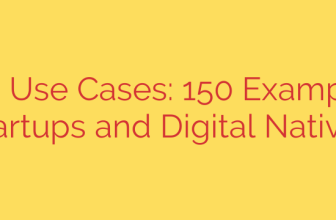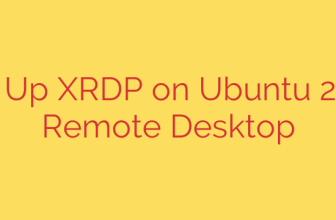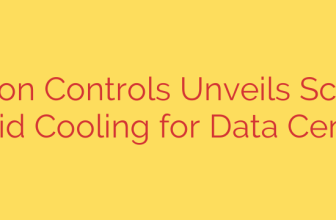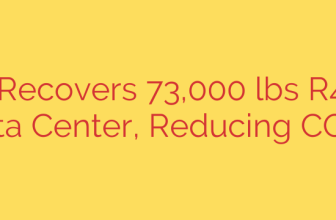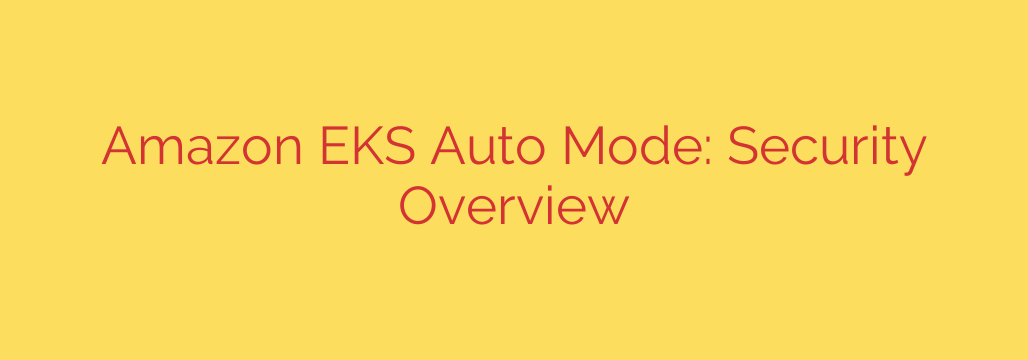
Understanding EKS Auto Security: Key Features and Best Practices
Amazon EKS Auto mode represents a significant evolution in managed Kubernetes, offering a simplified, opinionated configuration that accelerates cluster deployment. While this automation removes much of the operational heavy lifting, it doesn’t remove the need for a robust security posture. Understanding the security model of EKS Auto is crucial for any team leveraging its power.
This guide provides a comprehensive overview of the security features built into EKS Auto, clarifies your responsibilities within the shared security model, and offers actionable best practices to keep your clusters and workloads secure.
The Shared Responsibility Model in EKS Auto
Like all cloud services, security in EKS Auto is a partnership. Amazon Web Services (AWS) takes on a significant portion of the security burden, but you retain critical responsibilities for securing what you run on the platform.
What AWS Manages:
- Control Plane Security: AWS manages the security and availability of the Kubernetes control plane, including the API server, etcd database, and other core components. This includes patching and hardening the underlying infrastructure.
- Node Infrastructure: AWS is responsible for patching the operating system and Kubernetes components (like the kubelet and container runtime) on the worker nodes managed by EKS Auto.
- Underlying Network Fabric: The physical and virtual network infrastructure that powers your VPC is secured and managed by AWS.
What You Manage:
- Identity and Access Management (IAM): You are responsible for configuring all IAM roles and policies to grant appropriate permissions to users, applications, and services interacting with your cluster.
- Application and Pod Security: The security of your container images, application code, and the configurations of your running pods fall entirely under your purview.
- Network Policies: While EKS Auto configures the VPC, you must implement Kubernetes Network Policies to control traffic flow between pods within the cluster.
- Data and Secrets: You are responsible for encrypting and managing application-level data and secrets.
- Monitoring and Logging: Configuring and analyzing logs from your control plane, applications, and AWS services to detect threats is your responsibility.
Core Security Pillars of EKS Auto
EKS Auto is designed with a secure-by-default philosophy, incorporating several key features that provide a strong security foundation out of the box.
1. Secure-by-Default Networking
When you create an EKS Auto cluster, it automatically provisions a new, dedicated Virtual Private Cloud (VPC). This VPC is configured with security best practices from the start.
- Private API Server Endpoint: By default, the Kubernetes API server endpoint is private, meaning it is only accessible from within your VPC. This drastically reduces the cluster’s attack surface by preventing direct access from the public internet.
- Managed Security Groups: EKS creates and manages security groups for the control plane and worker nodes, establishing a baseline of rules that allow necessary communication while restricting unauthorized access.
2. Automated Identity and Access Management
EKS Auto simplifies IAM by creating a service-linked role (AWSServiceRoleForAmazonEKSForAuto) during cluster creation. This role comes with a predefined set of permissions that allows the EKS service to manage AWS resources (like EC2 instances and networking components) on your behalf.
While this automates setup, the principle of least privilege remains vital. The most critical best practice here is using IAM Roles for Service Accounts (IRSA). IRSA allows you to associate an IAM role directly with a Kubernetes service account. This enables your pods to get fine-grained, temporary AWS credentials without storing long-lived keys, perfectly aligning with modern security standards.
3. Data Protection and Encryption
Protecting data at rest is a fundamental security requirement. EKS Auto ensures that critical components are encrypted by default.
- EBS Volume Encryption: The Amazon EBS volumes attached to your worker nodes for storage are encrypted at rest by default using AWS Key Management Service (KMS).
- Kubernetes Secrets Encryption: Kubernetes Secrets stored within the etcd database are automatically encrypted using AWS KMS. This prevents sensitive information like passwords, tokens, and keys from being stored in plaintext, adding a critical layer of defense against unauthorized access to the cluster’s underlying storage.
4. Automated Patching and Vulnerability Management
One of the most significant security benefits of EKS Auto is the automated management of patches and updates.
- Managed Control Plane Updates: AWS automatically handles the patching and updating of the Kubernetes control plane components, ensuring you are protected against newly discovered vulnerabilities without manual intervention.
- Automated Node Patching: Similarly, the worker nodes provisioned by EKS Auto are automatically patched and updated by AWS. This relieves your team of the continuous burden of OS and component patching, reducing the risk of exploitation due to unpatched systems.
It is important to remember that this automation does not cover your own application containers. You are still responsible for scanning your container images for vulnerabilities and keeping them up to date.
Actionable Security Best Practices for Your EKS Auto Cluster
While EKS Auto provides a secure foundation, you must build upon it. Follow these best practices to harden your cluster environment.
Enforce Least Privilege with IRSA: Avoid using node IAM roles for pod permissions. Always use IAM Roles for Service Accounts (IRSA) to grant your applications the exact, minimal permissions they need to interact with other AWS services.
Implement Kubernetes Network Policies: By default, all pods in a cluster can communicate with each other. Create and apply strict Network Policies to explicitly define which pods can communicate, creating micro-segmentation that limits the blast radius of a potential compromise. Start with a default-deny policy and only allow necessary traffic.
Enable and Monitor Logs: Proactive security requires visibility. Enable EKS control plane logs (API server, authenticator, scheduler) and stream them to Amazon CloudWatch. Regularly audit these logs, along with AWS CloudTrail logs, to detect suspicious activity or configuration errors.
Utilize Pod Security Standards (PSS): Kubernetes provides built-in Pod Security Standards (
Baseline,Restricted) that prevent pods from running with excessive privileges. Enforce at least theBaselinePSS across your namespaces to block common high-risk configurations, such as running privileged containers. For more advanced policy enforcement, consider tools like Kyverno or OPA Gatekeeper.Continuously Scan Container Images: Your application code is a primary attack vector. Integrate a container scanning tool (like Amazon ECR scanning, Trivy, or Snyk) into your CI/CD pipeline. This ensures that images with known high-severity vulnerabilities are blocked from ever being deployed to your cluster.
By understanding the robust security features provided by EKS Auto and actively implementing these best practices, you can build a highly secure, resilient, and manageable Kubernetes environment that allows your team to focus on innovation.
Source: https://aws.amazon.com/blogs/security/new-aws-whitepaper-security-overview-of-amazon-eks-auto-mode/




